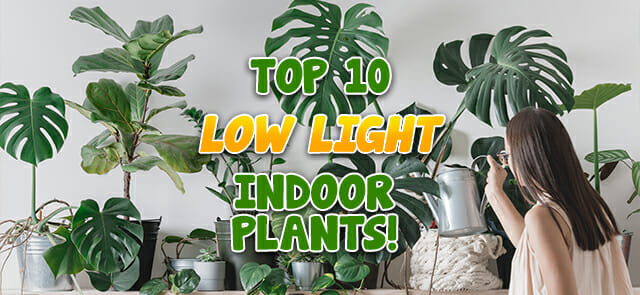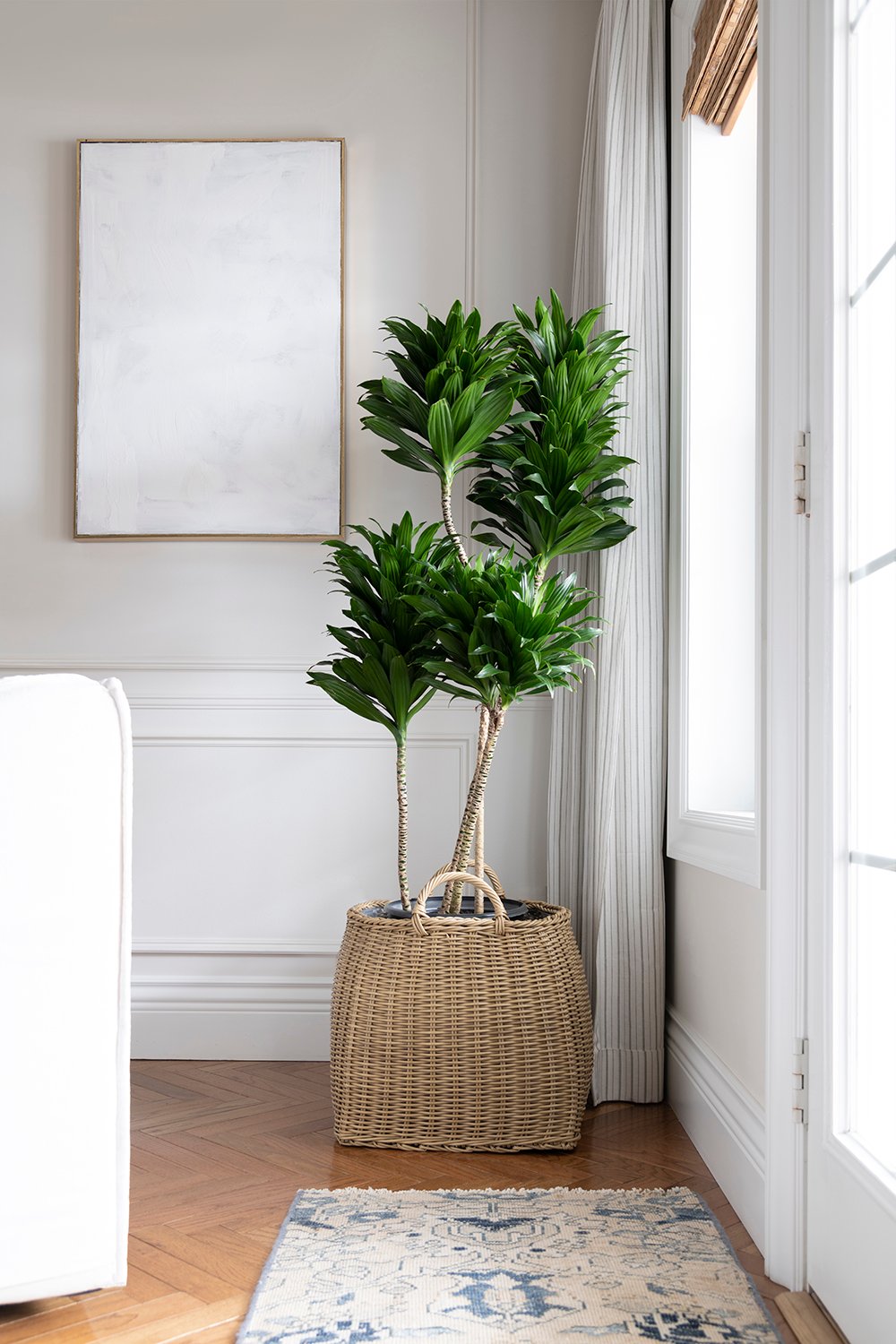Enhance Your Home Décor with the Best Low-Light Indoor Plants
Enhance Your Home Décor with the Best Low-Light Indoor Plants
Blog Article
Transform Your Home With Beautiful Low-Light Indoor Plants and Their Benefits
Integrating low-light indoor plants into your home can substantially boost both the environmental and aesthetic high quality of your living areas. These plants, which thrive in dim conditions, serve not just as attractive aspects however likewise as natural air cleansers, making them ideal for city occupants or those with minimal sunshine exposure. As we explore the numerous kinds of low-light plants and their benefits, you may locate unusual methods to integrate them right into your home that can change your surroundings in methods you might not have prepared for.
Advantages of Low-Light Plants
Low-light plants offer countless benefits for indoor environments, making them a superb selection for both newbie and skilled gardeners. Among the main benefits is their flexibility to low-light problems, permitting individuals to enhance their home without the requirement for substantial sunlight exposure. This characteristic makes them perfect for apartments, workplaces, and other locations with restricted all-natural light.

Moreover, incorporating low-light plants into home design can raise the visual charm of an area. Their rich foliage and varied textures create a calming atmosphere, adding to total health. The presence of greenery has actually been connected to minimized anxiety degrees and improved performance, making low-light plants a useful option for boosting both psychological and physical health and wellness in indoor settings.
Leading Low-Light Indoor Plants
While many interior plants grow in bright light, a number of types are specifically well-suited for low-light conditions, making them ideal for various interior rooms. One popular choice is the Serpent Plant (Sansevieria), understood for its striking upright fallen leaves and durability, requiring minimal treatment. An additional outstanding choice is the Pothos (Epipremnum aureum), which features heart-shaped leaves and can track wonderfully from shelves or wall mounts, flourishing in reduced light and including a lavish touch.
The ZZ Plant (Zamioculcas zamiifolia) is commemorated for its shiny fallen leaves and ability to endure disregard, making it best for active way of livings. Similarly, the Peace Lily (Spathiphyllum) not only tolerates low light but also produces spectacular white flowers, improving any type of space's aesthetic.
For a special touch, think about the Cast Iron Plant (Aspidistra elatior), which certainly measures up to its name, flourishing in the darkest corners of your home. The Chinese Evergreen (Aglaonema) uses a range of leaf patterns and shades while being remarkably forgiving in low-light conditions. These plants not just enhance indoor environments yet likewise contribute to air purification, boosting your living area.
Care Tips for Low-Light Plants

Sprinkling techniques are essential; these plants often choose slightly dry problems. Overwatering can bring about root rot, so make sure that the top inch of soil is completely dry before watering once more. Usage pots with drain openings to permit excess moisture to get away.
Moisture is another crucial factor. Numerous low-light plants, such as brushes and tranquility lilies, benefit from higher humidity degrees. To raise humidity, think about misting the fallen leaves or positioning a tray of water near the plants.
Fertilization ought to be come close to with care. Throughout the expanding season, use a weakened, well balanced fluid plant food monthly to support growth, however stay clear of feeding throughout the inactive cold weather.

Creative Ways to Display Plants
Indoor plants can function as fascinating focal factors in any type of space, improving both visual charm and atmosphere. Innovative screens can raise the aesthetic effect of low-light plants, making them an important component of your home decoration. One reliable technique is to make use of tiered plant stands, which permit you to display several plants at varying heights while optimizing flooring area.
Hanging planters are one more ingenious choice, producing a sense of deepness and attracting the eye up. Think about macramé hangers or wall-mounted racks to present a special texture and style.
For an extra organized approach, usage geometric terrariums or glass containers to house your plants, adding a modern-day touch to your interior garden. You can also repurpose classic products, such as teacups or wooden pet crates, for an eclectic display screen that reflects your character.
Enhancing Home Ambiance With Plants
Integrating low-light plants right into your home not just improves visual allure however also adds considerably to the overall setting. These plants act as all-natural design elements, presenting a sense of harmony that can transform any type of room. The visibility of greenery promotes a calming ambience, which is particularly valuable in high-stress atmospheres such as home workplaces or living areas.
Low-light plants, such as serpent plants, pothos, and ZZ plants, are not only visually pleasing but likewise boost indoor air high quality by filtering system contaminants. This twin function improves the setting further, producing a much healthier space (Best low-light indoor plants). The critical placement of these plants can likewise affect the understanding of visit this page area; for instance, tall plants can attract the eye upwards, making ceilings appear higher and spaces extra roomy
Additionally, differing textures and colors of foliage include deepness to indoor layout, permitting innovative expression in home designing. Whether put on shelves, in corners, or as centerpieces, low-light plants can raise the mood of any type of room. In recap, incorporating these plants into your home is an effective method to promote a warm, welcoming environment while profiting of improved air quality and aesthetic flexibility.
Final Thought
Integrating low-light interior plants right into home atmospheres uses many advantages, consisting of improved visual charm and boosted air high quality. These durable plants, such as the Snake Plant and Peace Lily, need minimal light and maintenance, making them suitable for diverse way of livings. Their ability to filter pollutants adds to a much healthier space, while their different structures and colors improve indoor decoration (Best low-light indoor see this here plants). Eventually, the inclusion of low-light plants fosters a serene and welcoming atmosphere, transforming any kind of home right into a peaceful oasis.
While lots of indoor plants grow in brilliant light, numerous types are particularly appropriate for low-light conditions, making them excellent for different interior spaces. One reliable method is to make use of tiered plant stands, which allow you to display multiple plants at differing elevations while maximizing flooring room.
Low-light plants, such as snake plants, pothos, and ZZ plants, are not just aesthetically pleasing however also enhance interior air high quality by filtering system pollutants. Best low-light indoor plants. The critical placement of these plants can likewise affect the perception of area; for instance, tall plants can attract the eye upward, making ceilings show up greater and rooms a lot more spacious
These durable why not try here plants, such as the Serpent Plant and Peace Lily, need minimal light and maintenance, making them appropriate for diverse way of lives.
Report this page